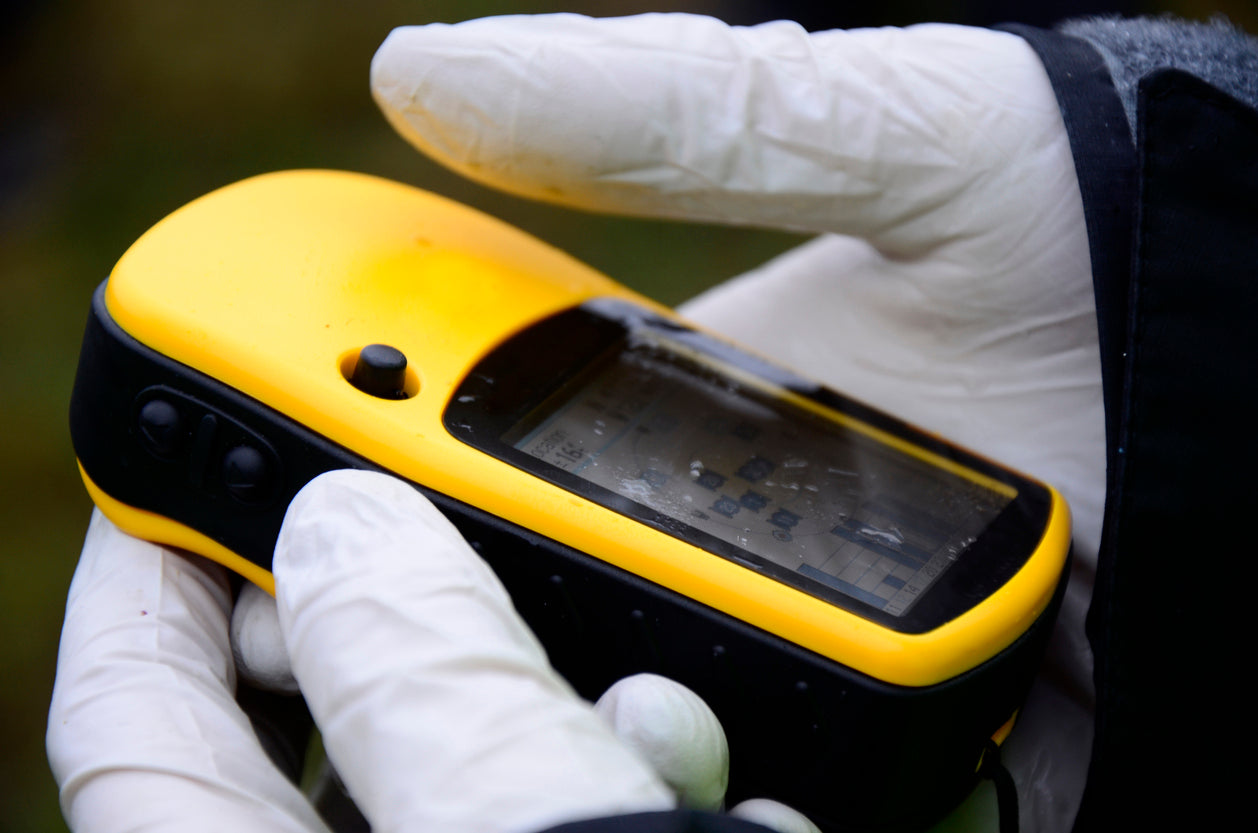Gas monitoring and detection terminologies encompass various terms and concepts used in the field of occupational safety and health to describe the monitoring, detection, and measurement of gases in the workplace. Here are examples of key terminologies:
Gas Monitoring and Detection Terminology
-
Gas Detector: A device that detects the presence of gases in an environment. Gas detectors can be portable or fixed and may detect a single gas or multiple gases simultaneously.
-
Gas Sensor: A component within a gas detector that detects specific gases or vapors. Sensors can be electrochemical, catalytic, infrared, or semiconductor-based, depending on the type of gas being detected.
-
Lower Explosive Limit (LEL): The lowest concentration of a gas or vapor in air that can ignite or explode if an ignition source is present. LEL is expressed as a percentage of the gas or vapor in the air by volume.
-
Upper Explosive Limit (UEL): The highest concentration of a gas or vapor in air that can ignite or explode if an ignition source is present. UEL is also expressed as a percentage of the gas or vapor in the air by volume.
-
Permissible Exposure Limit (PEL): The maximum allowable concentration of a hazardous substance, such as a gas or vapor, in the air that workers may be exposed to over an 8-hour workday. PELs are set by regulatory agencies like OSHA to protect worker health.
-
Threshold Limit Value (TLV): Similar to PEL, TLV is the airborne concentration of a substance to which it is believed that workers can be exposed day after day without adverse health effects.
-
Time-Weighted Average (TWA): The average exposure to a substance over a specified period, usually an 8-hour workday. TWAs are used to determine compliance with exposure limits such as PELs and TLVs.
-
Short-Term Exposure Limit (STEL): The maximum concentration of a substance workers can be exposed to over a short period, typically 15 minutes, without suffering from irritation, chronic or irreversible tissue damage, or narcosis of sufficient degree to increase the likelihood of accidental injury.
-
Immediately Dangerous to Life or Health (IDLH): The concentration of a substance in the air that poses an immediate threat to life, would cause irreversible adverse health effects, or would impair an individual's ability to escape from a dangerous atmosphere.
-
Alarm Levels: Pre-set levels in gas detectors that trigger audible, visual, or vibrating alarms to warn workers of hazardous gas concentrations. Alarm levels are typically set slightly above regulatory exposure limits to provide an early warning.
-
Calibration: The process of adjusting and testing gas detectors to ensure they accurately measure gas concentrations within specified tolerances. Calibration is performed using certified gas standards.
-
Bump Test: A functional test that briefly exposes gas detectors to a known concentration of gas to verify that sensors and alarms respond appropriately. Bump tests are typically performed before each use or daily to ensure gas detectors are functioning correctly.
-
Zeroing: The process of adjusting a gas detector's baseline reading to zero or a clean-air reference point. Zeroing compensates for any background gases that could affect sensor accuracy.
-
Response Time: The time it takes for a gas detector to detect and display a significant change in gas concentration after exposure. Fast response times are crucial for detecting sudden gas releases.
-
Interference: The presence of substances or environmental conditions that can affect the accuracy of gas detection readings. Interferences may include cross-sensitivity to other gases, humidity, temperature, or airborne contaminants.
-
Data Logging: The process of recording gas detection readings over time for compliance reporting, analysis, and documentation purposes. Data logging enables monitoring of trends and identification of potential exposure risks.
-
Hazardous Area Classification: The classification of areas based on the likelihood of a flammable atmosphere being present due to the presence of gases, vapors, or combustible dusts. Hazardous areas are classified into zones or divisions based on the frequency and duration of hazardous conditions.
Conclusion
Understanding gas monitoring and detection terminology is essential for effectively managing occupational health and safety risks associated with hazardous gases in the workplace. By familiarizing themselves with these terms, safety professionals and workers can better interpret gas detector readings, ensure compliance with regulatory requirements, and implement appropriate control measures to protect worker health and safety.

